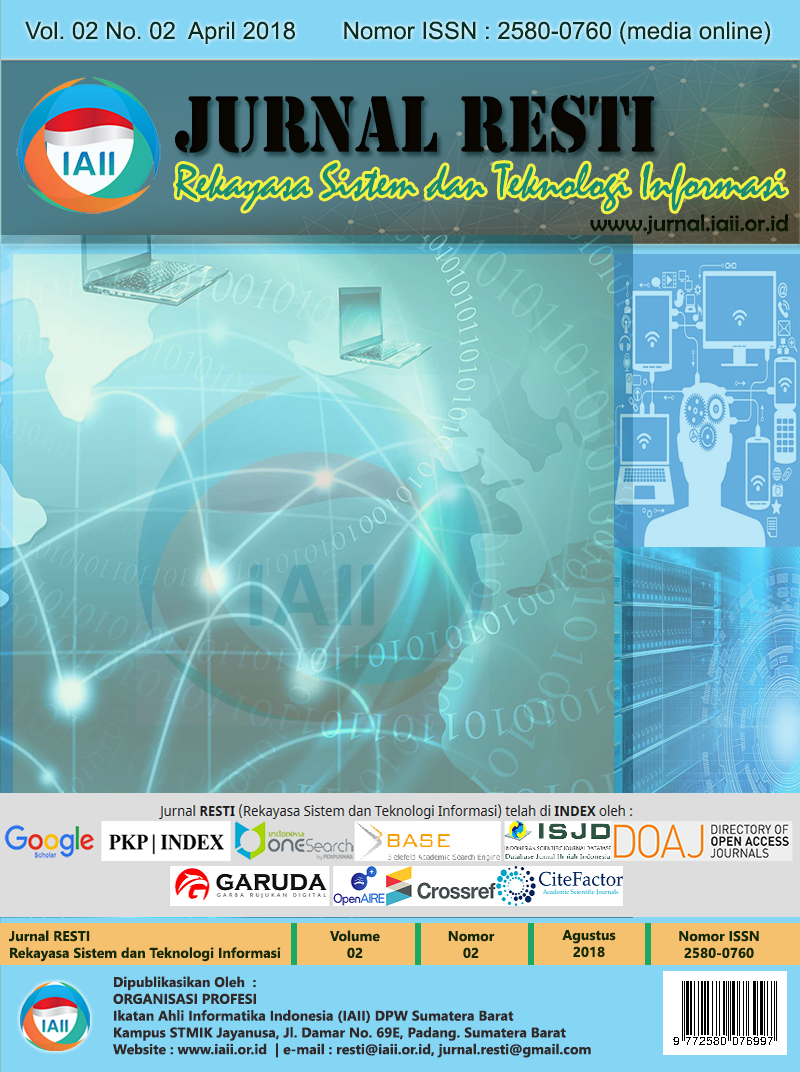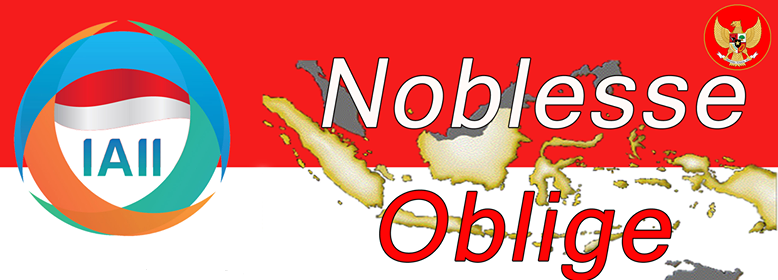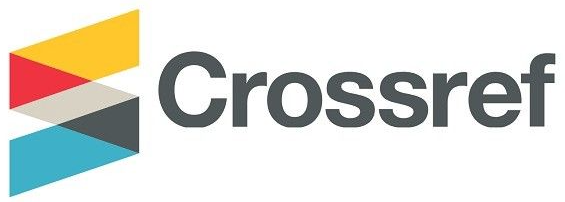Analisis Penerima Bantuan Sosial menggunakan Bayesian Belief Network
Abstract
Social Assistance is an expenditure in the form of money, goods, or services provided by the central or local government to protect the community from possible social risks, improve economic capacity, and the welfare of the community. In the welfare of society, there is a problem that is still unresolved to date, namely poverty. Poverty is an unresolved social problem in developing countries including Indonesia. In poverty itself, a person is declared poor if his opinion is lower than the poverty line and is unable to meet daily needs. From these problems, further analysis is needed to find the most influential criteria that can be used to maximize the program that has been made so that the economic level in the target household can increase. This research was conducted to analyze the factors that affect the change of economic level using Bayesian Belief Network method. From the scenario that has been done on the test using the Bayesian Belief Network method found that the increase in welfare and savings at community in the village of Srigading can increase the economic change up to 71%.
Downloads
References
[2] J. Equilibrium, I. Akib, U. M. Makassar, U. M. Makassar, and M. Miskin, “Bantuan Langsung Tunai,” vol. II, no. 2, pp. 126–135, 2016.
[3] M. Noor, “Penanggulangan Kemiskinan Di Indonesia (Studi Tentang Program Nasional Pemberdayaan Masyarakat Mandiri Perkotaan Di Kota Semarang),” Serat Acitya, vol. 3, no. 1, p. 130, 2014.
[4] S. Sugiyarto, J. H. Mulyo, and R. N. Seleky, “Kemiskinan Dan Ketimpangan Pendapatan Rumah Tangga Di Kabupaten Bojonegoro,” Agro Ekon., vol. 26, no. 2, pp. 115–120, 2015.
[5] Kementerian Kesehatan RI, “Buku Pegangan Sosialisasi JKN dan SJSN.”
[6] C. Kebijakan, “Indonesia : Kemiskinan Perkotaan dan Ulasan Program,” Indones. Kemiskin. Perkota. dan Ulas. Progr., 2013.
[7] Badan Pusat Statistik, “Perhitungan dan Analisis Kemiskinan Makro Indonesia Tahun 2016,” 320502, p. 36, 2016.
[8] D. Monita, “Sistem Pendukung Keputusan Penerima Bantuan Langsung Tunai Dengan Menggunakan Metode Analytical Hierarcy Process Diterbitkan Oleh : STMIK Budi Darma Medan Diterbitkan Oleh : STMIK Budi Darma Medan,” vol. III, no. April, pp. 29–36, 2013.
[9] W. Suharso, A. Djunaidy, and K. Sukolilo, “Analisis Customer Churn Menggunakan Bayesian Belief Network ( Studi Kasus : Perusahaan Layanan Internet ),” pp. 323–335, 2012.
[10] Tinaliah, “Aplikasi sistem pakar untuk diagnosa penyakit hewan ternak sapi dengan bayesian network,” J. Ilm. SISFOTENIKA, vol. 5, no. 1, pp. 13–24, 2015.
[11] A. Kumalasari, S. S. Kusumawardani, and D. Adhipta, “Implementasi Bayesian Belief Network Untuk Sistem Manajemen Keamanan Jaringan di Jurusan Teknik Elektro dan Teknologi Informasi FT UGM,” J. Penelit. Tek. Elektro dan Teknol. Inf., vol. 1, no. 3, pp. 138–144, 2014.
[12] Suparto, “Analisis korelasi variabel - variabel yang mempengaruhisiswa dalam memilih perguruan tinggi,” J. IPTEK, vol. 18, no. 2, 2014.
[13] Sukri and D. Arisandi, “Analisa Pembeli Kuliner Terhadap Pembaharuan Informasi Melalui,” vol. 1, no. 2, pp. 122–130, 2017.
[14] W. Suharso, A. N. S. Widyanto, and Z. Sari, “Sistem Informas I Pelaporan Pada Uptd Pendidikan,” vol. 3, no. April, pp. 101–111, 2018.
Copyright (c) 2018 Jurnal RESTI (Rekayasa Sistem dan Teknologi Informasi)

This work is licensed under a Creative Commons Attribution 4.0 International License.
Copyright in each article belongs to the author
- The author acknowledges that the RESTI Journal (System Engineering and Information Technology) is the first publisher to publish with a license Creative Commons Attribution 4.0 International License.
- Authors can enter writing separately, arrange the non-exclusive distribution of manuscripts that have been published in this journal into other versions (eg sent to the author's institutional repository, publication in a book, etc.), by acknowledging that the manuscript has been published for the first time in the RESTI (Rekayasa Sistem dan Teknologi Informasi) journal ;







